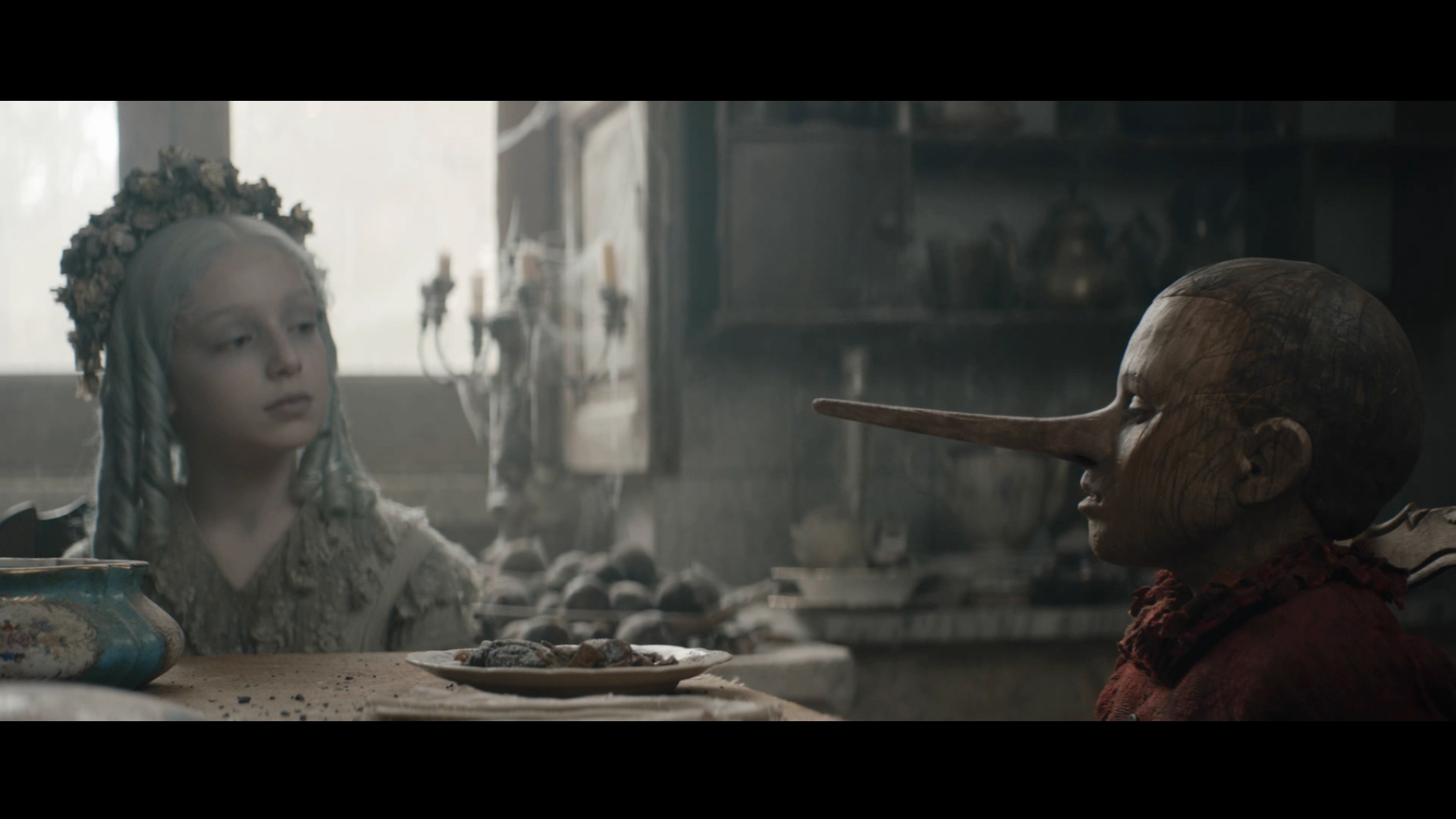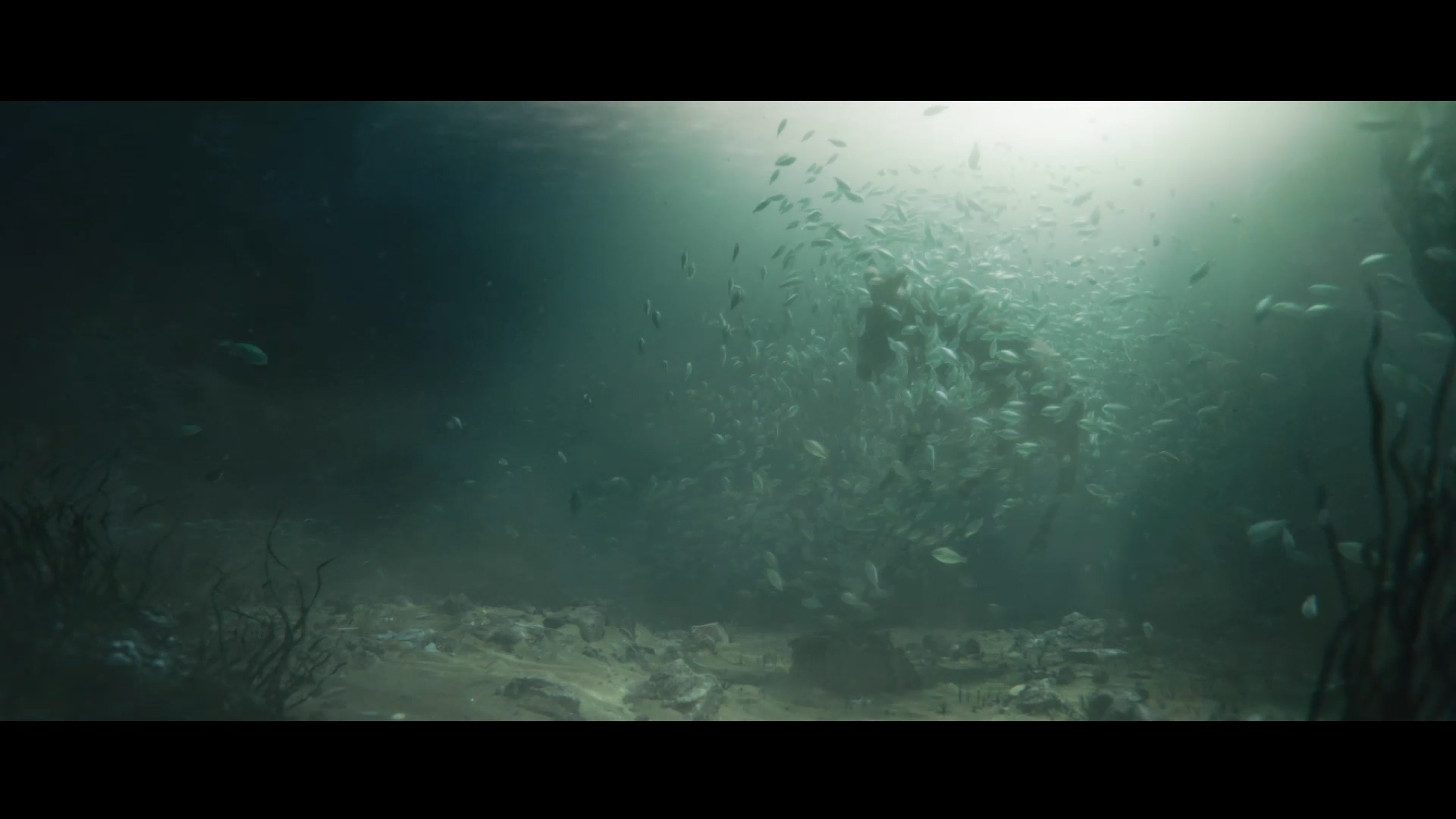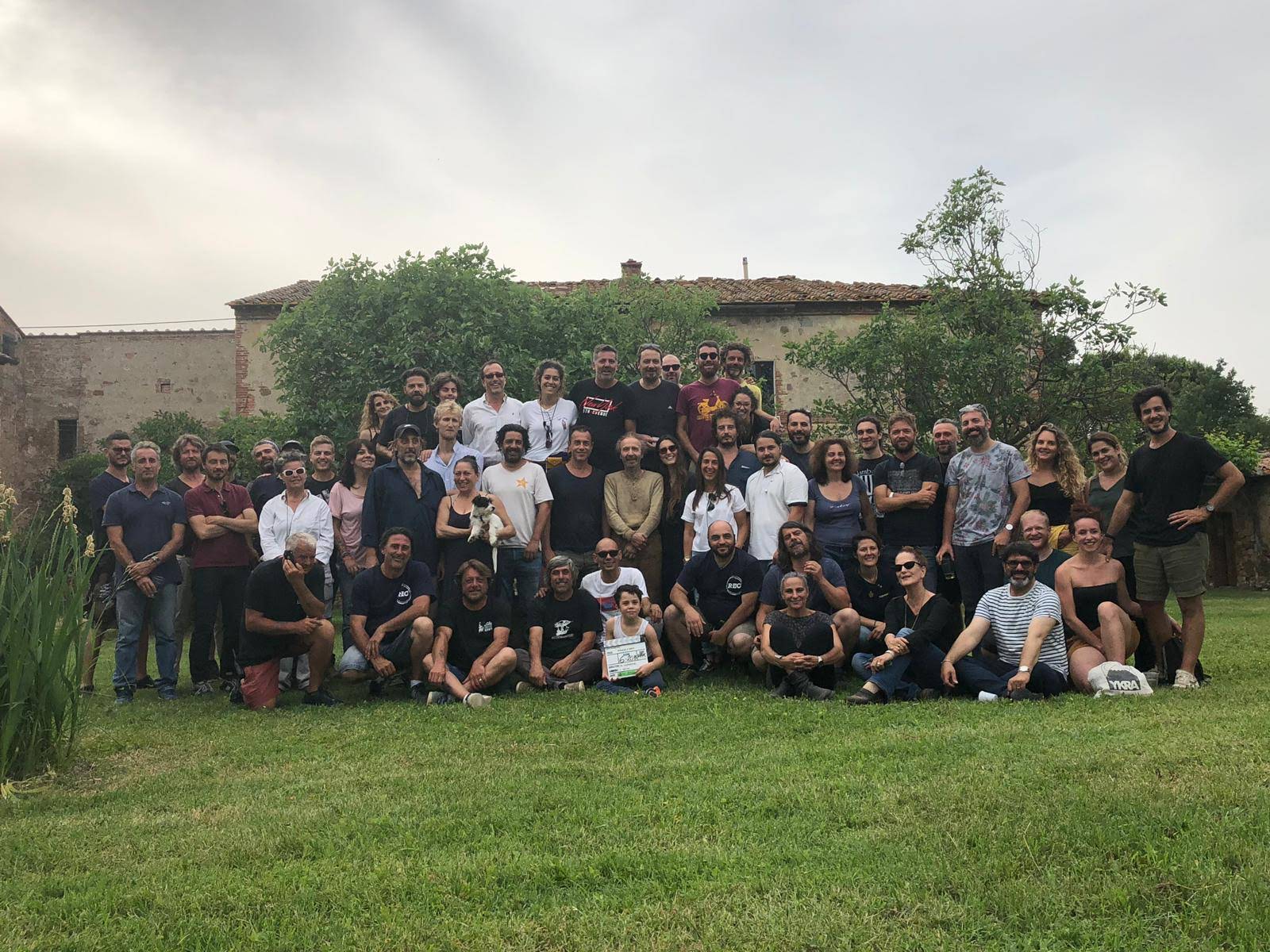In 2019 I had the pleasure and the privilege to accompany Matteo Garrone on his quest to bring Carlo Collodi's Pinocchio back to its roots. Half realism and half fantasy, Garrone’s is a world in which animals portrayed with little more than make-up (a fox, a cat) live alongside fully digital creatures (a donkey, dogfish, woodpeckers) and prosthetic-digital hybrids (tuna, snail, cricket).
I had the honour to be by his side, first through a lengthy pre-production and a three month shoot in Tuscany, Puglia and Rome, and then to supervise all the VFX work we did at One of Us as the film's main vendor. Within those 5 months of post-production we delivered 210 shots of what amounts to 25 minutes of screen time and thanks to Matteo’s trust, were allowed an incredible level of creative input and ownership over the project.
Matteo's reimagining of Pinocchio, right from the start, had a very distinct flavour. It was all about staying true to the original story of Collodi and tap into the soul of those very early illustrations from Pinocchio's first publication. The biggest challenge was discovering how our work needed to feel in order to be true to Matteo's vision and hit the emotional beats required to tell the story while, technically, seamlessly transition from Mark Coulier's beautiful prosthetic work into the digital world in order to bring some of the characters to life.

The nose sequence:
The nose sequence had two parts, three if you count the arrival of the birds! It was maybe one of the longest sequences we had and it was pivotal to the story so it had to be perfect.
First came the growing. For that, we had a perfectly scanned model of Pinocchio's head from the set along with two witness cameras always pointing at the action. This provided us with accurate head and body tracks to then fully replace the nose with a CG built. As the nose would grow it would also pass through 5 different steps of textures blending from one to the other. This made it look as if the actual wood was growing rather than stretching.
When the nose was long enough to start interacting with the environment we started using a specifically designed helmet with a practical and adjustable stick where the nose would be to give us real interaction with the surroundings but also to get the little actors to react to it! This allowed for a very fun shoot and Matteo really embraced the fluidity and the beautiful accidents of it. Our asset then replaced not only the entire nose but the back of the head (where the helmet was) the sides and ears as well as parts of the neck.

For the birds, we decided with Matteo early on during post that the great spotted woodpecker would be a great fit for the sequence. Its cuteness could only be matched by the charm of our two young actors! As the birds were at the epicentre of the sequence they had to be perfect so, Beck Selmes - the CG lead for this sequence - spent a lot of time developing the look and had to take our assets back and forth between rig and animation to allow for all the complexity that was required of them. The nose was then procedurally destroyed by using the animation caches!

The Tuna:
The Snail, Cricket and Tuna were all characters requiring VFX augmentation. All three of them were talking performances so the camera would stay on them during long dialogue sequences and made for a lot of long shots.
The most notable of them in terms of work was the character of the Tuna. Not only was it a big fish, but also had to interact with the surrounding water and performances. For this, the actor was in prosthetics on the face with the rest his body hidden away underwater! We then kept only the very front of his performance and attached a CGi body behind him. To do so seamlessly we had to track the head and attach the body while reverse-engineering his head movements and adjusting the animation to make them feel as if they were coming from the body rather than the other way around. It had, after all, to feel as if the body was floating and driving the movements of the head!

The Whale:
The whale is one of those parts of the Pinocchio story that is iconic and Matteo had such a great vision for it. It was big and ambitious and it was all down to the VFX to get it working. Overall, the work consisted of three different kinds of shots:
First, we had the big exterior shots where Pinocchio is being chased and eaten by the whale. Those needed a full CG creature built and a lot of CG water. They were filmed in shallow waters on a beach near Rome which we then made to feel like the open waters of the Mediterranean sea.
Then we had the interior shots inside the belly of the whale where Pinocchio is finally reconnected with Geppetto. Those were filmed on a practical set in Rome and our work consisted of extending it but also bringing it to life by moving all the walls as if the whale was alive and moving!
Finally, we had the moment of the escape where Pinocchio and Geppeto are crawling out of its mouth! Those were filmed with a semi-practical mouthpiece in a swimming pool in one of Rome's main water parks! We then had to extend the set and bring it to life by animating it while also extending the surface of the swimming pool.

The Donkey underwater:
We knew from the very beginning that this was going to be entirely a VFX shot. This moment was all about hitting the emotional beats of the story and we very quickly realised that this also meant that it had to be a very long shot. (1000 frames to be exact) The donkey had to lose its breath and then very slowly be enveloped in a shimmering school of fish. Once we blocked the Donkey animation we started working on the environment and the behaviour of the fish. The environment had to feel Mediterranean - Highly detailed but murky and poetic. The fish had to behave beautifully but also realistically. For that Matt Noris, one of our senior FX artists put together a crowd simulation that was flexible and easy to art direct. Once we had all the ingredients out from CG, Guillaume Menard, our comp supervisor put it together himself and introduced a lot of real-life elements in the environment.



